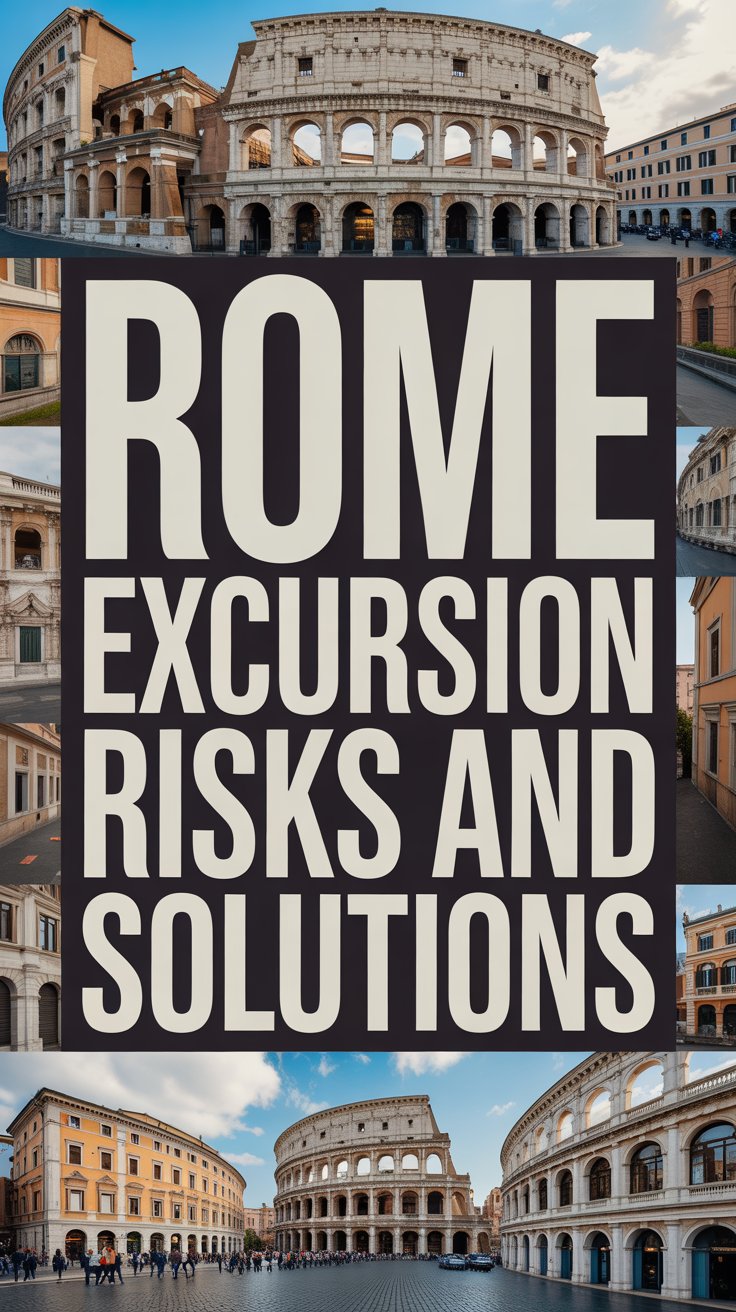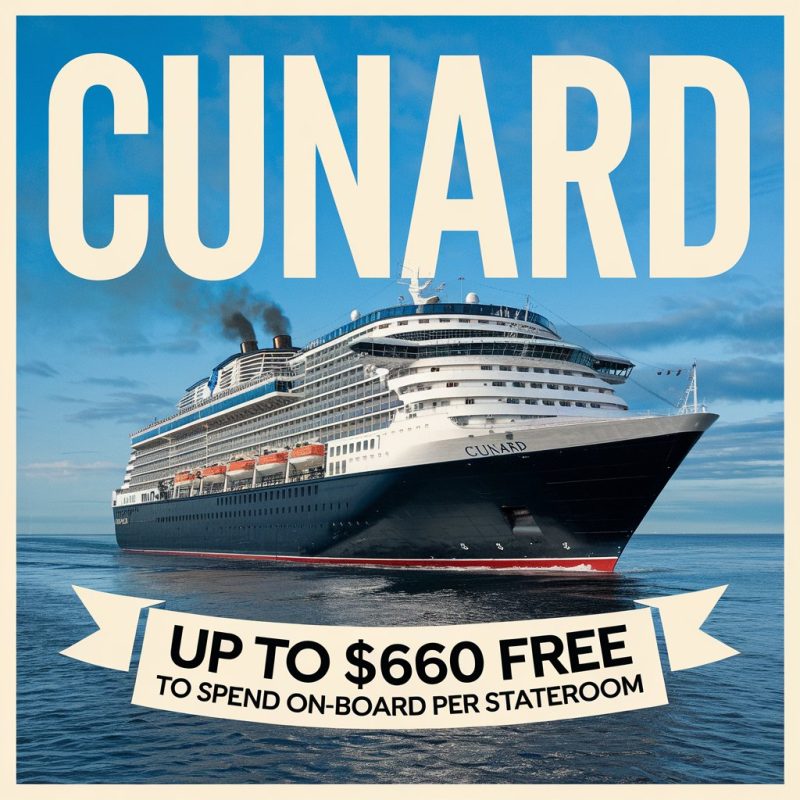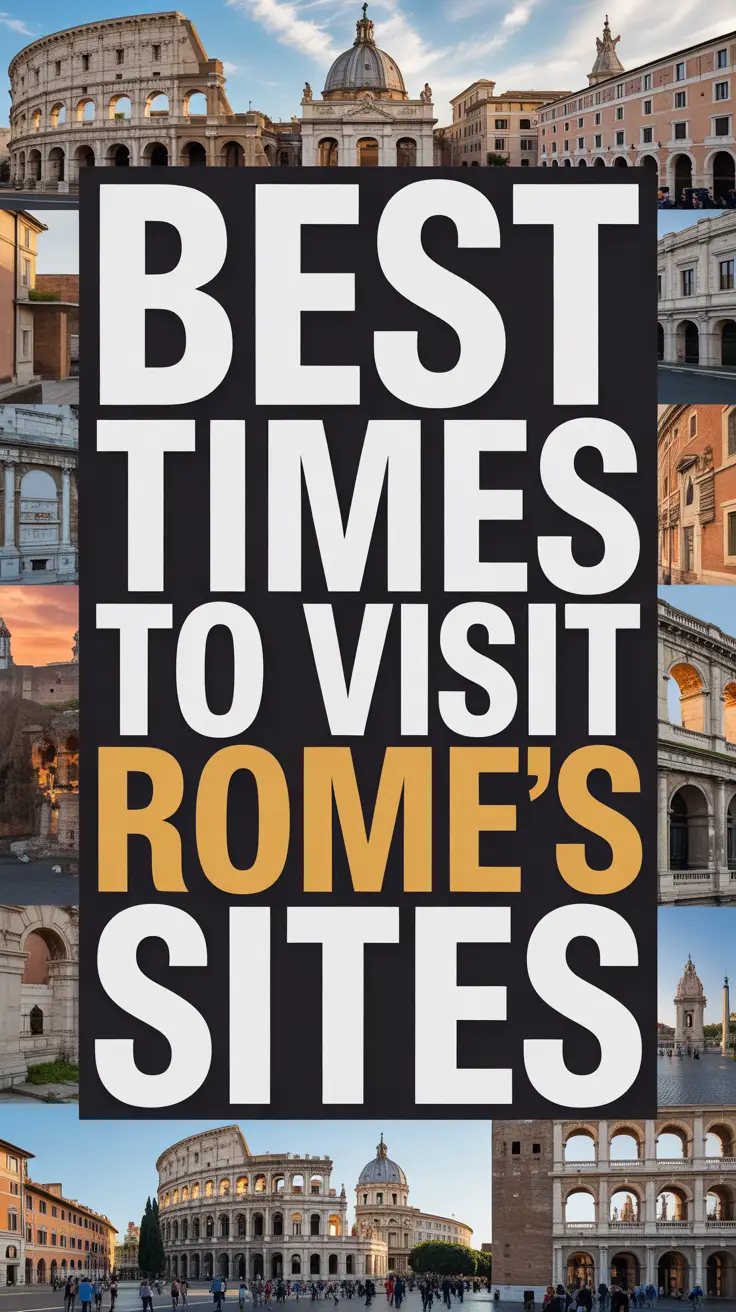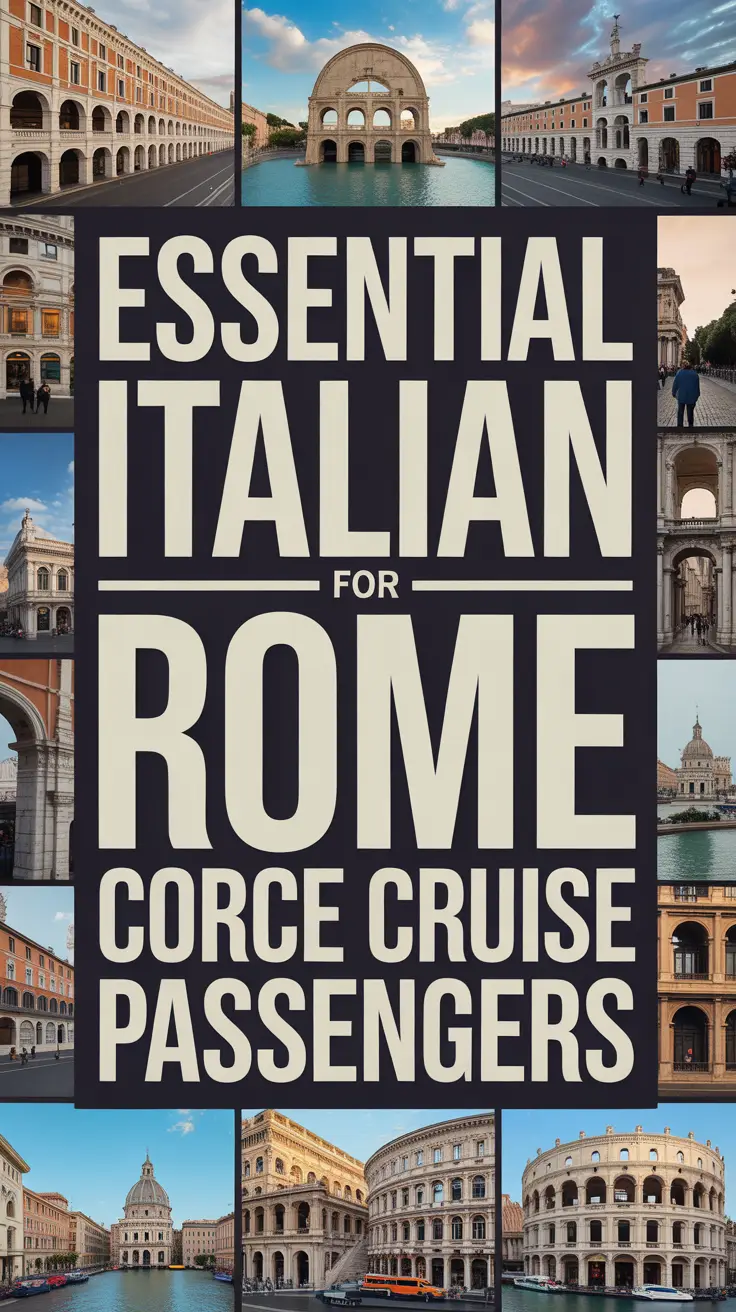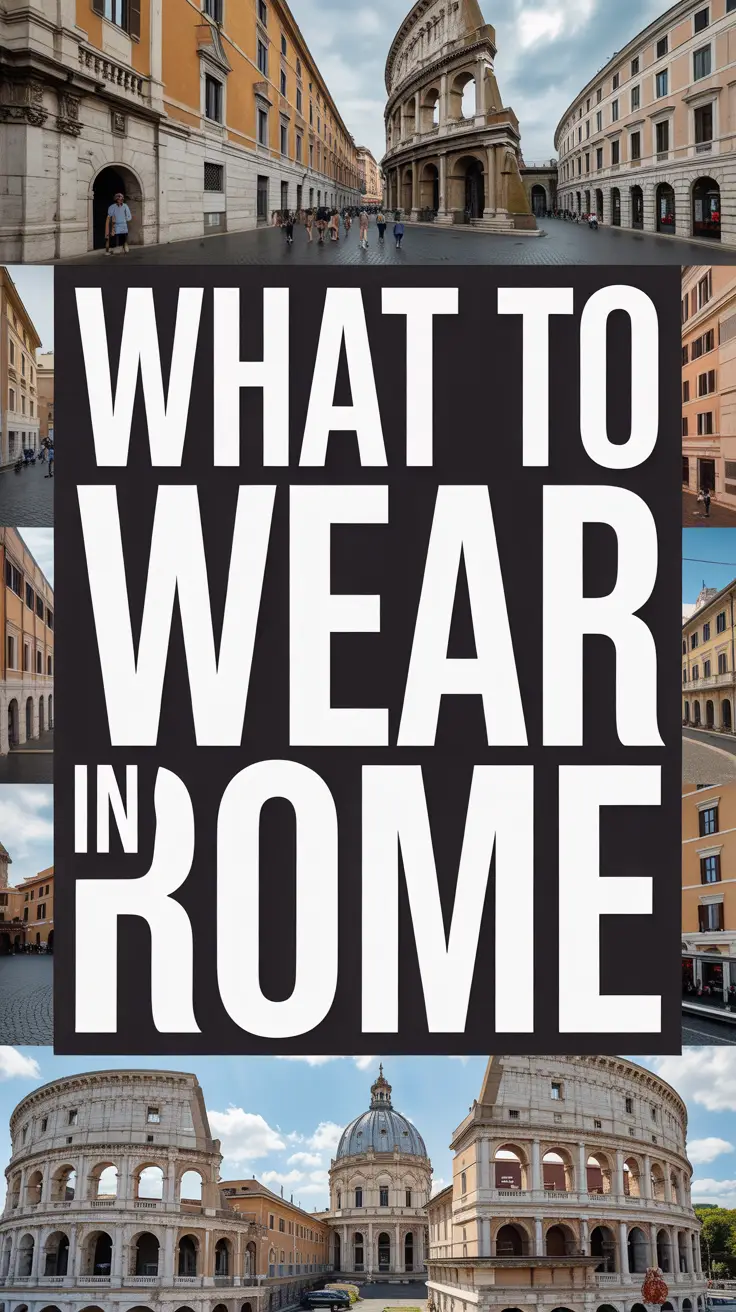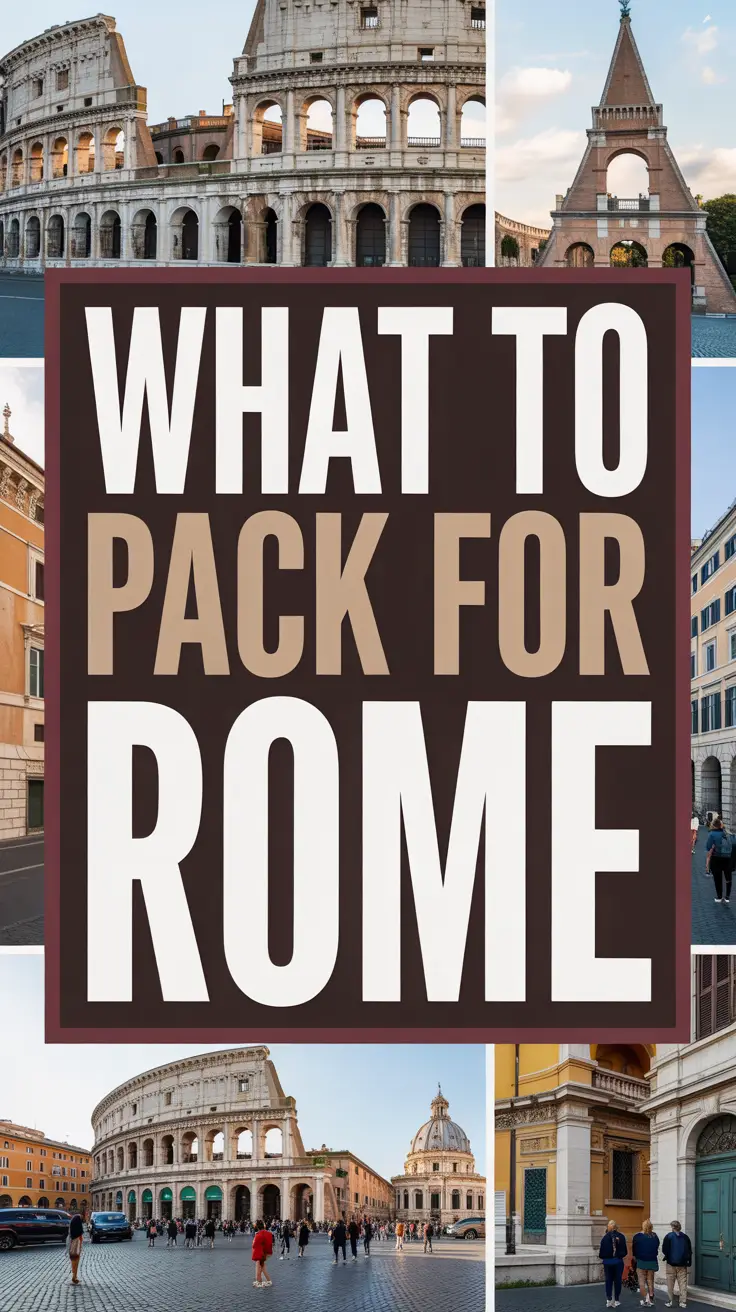What Could Go Wrong in Rome (And How to Handle It)
Rome wasn’t built in a day, but your shore excursion dreams can crumble in mere minutes if you’re not prepared. The Eternal City throws curveballs that would make a major league pitcher jealous, but don’t worry – I’ve navigated these ancient streets more times than I can count, and I’m here to share the secrets that separate seasoned cruisers from tourist casualties.
The Port Challenge: Civitavecchia Reality Check
Let’s start with the elephant in the colosseum – Civitavecchia port sits 50 miles from Rome’s city center. That’s roughly an hour and a half each way under ideal conditions. The Port of Civitavecchia handles millions of cruise passengers annually, creating a logistical dance that would impress Caesar himself.
“The biggest mistake we see is passengers underestimating travel time,” explains Marco Benedetti, Senior Operations Manager at Civitavecchia Port Authority. “Traffic, train delays, and walking distances in Rome can easily add two hours to your planned itinerary. We always recommend the ‘Rome minus three’ rule – be back at the port three hours before departure.”
Transportation Tribulations
- Train Strikes: Italian trains love their strikes, often announced last-minute. Always have a backup transportation plan
- Traffic Nightmares: Roman traffic makes New York rush hour look like a leisurely Sunday drive
- Taxi Scams: Unlicensed taxis prey on cruise passengers – only use official white taxis with meters
- Bus Breakdowns: Shore excursion buses can break down, leaving you stranded
The Rome Rookie Mistakes
Timing Disasters
Rome operates on “Roman time,” which bears little resemblance to your ship’s departure schedule. Major attractions have unpredictable closures, lunch breaks that stretch longer than the Tiber River, and lines that would make Disney World weep with envy.
| Common Time Traps | Reality Check | Smart Solution |
|---|---|---|
| Vatican Museums | 3-4 hour wait without reservations | Book skip-the-line tickets in advance |
| Colosseum | 2-3 hour lines in peak season | Purchase Roma Pass or timed entry tickets |
| Trevi Fountain | Shoulder-to-shoulder crowds all day | Visit early morning or late evening |
| Spanish Steps | Closed for maintenance without notice | Check current status before visiting |
The Pickpocket Playground
Roman pickpockets are artists – they’ve been perfecting their craft since before America was discovered. They target cruise passengers like heat-seeking missiles, spotting you from your comfortable walking shoes and tourist maps.
- Metro Line A (the tourist line) is pickpocket central
- Crowded buses are mobile crime scenes
- Restaurant distractions often involve accomplices
- ATM skimming devices appear overnight
Weather Wildcards
Mediterranean weather can shift faster than Roman politics. Summer heat turns ancient stones into griddles, while unexpected downpours can flood streets and close attractions. Winter brings surprising cold snaps that make outdoor sightseeing miserable.
Seasonal Surprises
- August: Locals flee the city, many restaurants close, temperatures soar above 100°F
- Easter Week: Massive crowds, road closures, attraction modifications
- December-February: Shorter daylight hours, unexpected closures, chilly temperatures
- Shoulder Seasons: Unpredictable rain, varying attraction hours
Your Roman Survival Strategy
Pre-Cruise Preparation
- Download offline maps (Google Maps offline feature saves lives)
- Screenshot important information (Wi-Fi isn’t guaranteed)
- Research current strikes and closures
- Book timed-entry tickets for major attractions
- Identify multiple transportation options
Day-of-Execution Tips
- Start early – catch the 7:30 AM train from Civitavecchia
- Carry emergency cash in multiple locations
- Keep copies of important documents
- Set multiple phone alarms for departure reminders
- Have the port’s phone number saved in local format
Emergency Protocols
When things go sideways (and they will), having a plan saves your vacation and your sanity.
- Missing Ship Protocol: Contact your cruise line immediately, head to nearest port agent office
- Lost Passport: US Embassy Rome: Via Vittorio Veneto, 121 – bring backup identification
- Medical Emergency: Dial 118 for ambulance, 112 for general emergency
- Theft Reporting: Find nearest Carabinieri station, file report for insurance
Bonus Tips That Cruise Lines Won’t Tell You
- Pharmacy Secrets: Italian pharmacies (farmacia) require prescriptions for basic medications available over-the-counter elsewhere
- Sunday Shutdown: Most shops close Sundays, but tourist areas stay lively
- Bathroom Strategy: Public restrooms cost money; McDonald’s and Starbucks offer free alternatives
- Water Wisdom: Fountain water (nasoni) throughout Rome is safe and free – bring an empty bottle
- Gelato Truth: Bright, artificial colors indicate tourist traps; authentic gelato has muted, natural tones
- Restaurant Reality: Cover charges (coperto) are standard and legal – typically 1-3 euros per person
Common Questions
Can I realistically see the Vatican and Colosseum in one day from a cruise?
Absolutely, but only with advance planning. Book skip-the-line tickets, start at 8 AM, and allow 2.5 hours for each attraction including travel time between them. Skip extensive interior tours if time is tight. For more detailed guidance on independent exploration versus organized tours, check out our comprehensive guide on whether to book shore excursions or explore Rome independently.
What happens if I miss the last train back to Civitavecchia?
Taxis cost 120-150 euros for the journey. Private car services charge similar rates but offer more reliability. Some cruise lines arrange emergency transportation, but don’t count on it. To avoid confusion with Rome’s public transport system, read our guide on how to actually use Rome’s trains and buses without getting lost.
Is it safe to leave the port area independently versus taking ship excursions?
Independent exploration is generally safe with proper precautions. However, ship excursions guarantee you won’t miss departure – they wait for their own tours but not independent travelers. Rome is just one of many incredible Mediterranean cruise ports in Italy worth exploring independently.
How much cash should I carry for a day in Rome?
Budget 50-80 euros minimum for transportation, food, and incidentals. Many places accept cards, but cash remains king for small purchases, public transportation, and tips.
What’s the one thing I should absolutely not miss in Rome?
The atmosphere of simply walking the ancient streets. Major attractions are incredible, but Rome’s magic lies in stumbling upon hidden piazzas, neighborhood trattorias, and centuries-old fountains that aren’t in guidebooks. For the best walking experience, invest in quality walking shoes that can handle cobblestones all day.
The Roman Truth
Rome will test your patience, challenge your plans, and probably cost more than expected. You’ll deal with crowds, navigate language barriers, and maybe even miss a sight or two. But here’s the beautiful irony – those imperfect moments often become your most treasured memories. The wrong turn that led to an incredible family-run restaurant. The sudden rainstorm that drove you into a quiet church where you found unexpected peace. The missed museum that gave you extra time to people-watch in Piazza Navona. Rome doesn’t just reward the prepared; it transforms the flexible. Pack your patience along with your comfortable shoes, embrace the chaos, and remember – you’re not just visiting a city, you’re stepping into living history where every stumble is part of an adventure that’s been unfolding for over two millennia. Don’t forget to bring a comfortable day backpack to carry your essentials while exploring the ancient streets.

